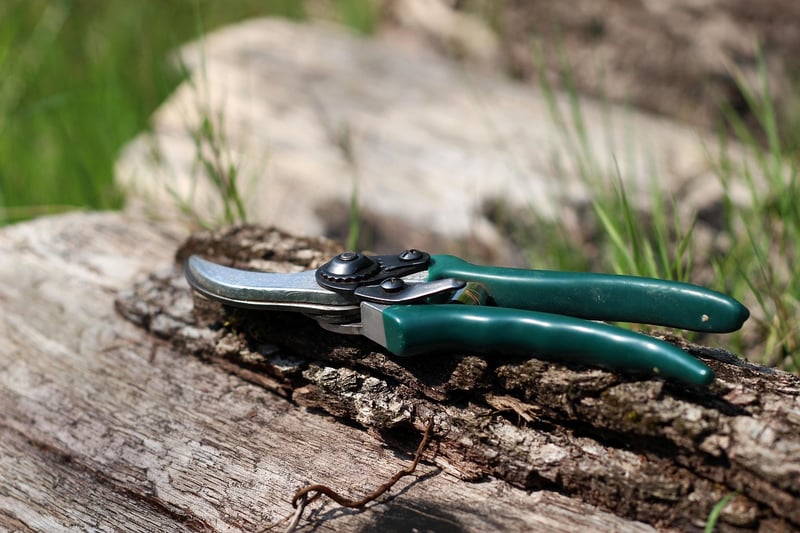Pruning Techniques
Guide to Nurturing Plants and Pruning Techniques
Nurturing Plants
Nurturing plants is essential for their growth and overall health. Here are some tips to help your plants thrive:
1. Choose the Right Plant for Your Space
Before you start nurturing a plant, make sure it is suitable for the light, temperature, and space available in your home or garden.
2. Watering
Water your plants regularly, but be mindful not to overwater. Different plants have different water requirements, so it's essential to understand the needs of each plant.
3. Provide Adequate Light
Plants need light to photosynthesize and grow. Ensure your plants receive the right amount of light based on their specific requirements.
4. Fertilize Regularly
Use a suitable fertilizer to provide essential nutrients to your plants. Follow the instructions on the fertilizer packaging for the best results.
Pruning Techniques
Pruning is a crucial practice to maintain the health and appearance of your plants. Here are some pruning techniques to help your plants flourish:
1. Deadheading
Remove dead or faded flowers to encourage new growth and prolong the blooming period of flowering plants.
2. Thinning
Thin out crowded branches to improve air circulation and sunlight penetration, promoting overall plant health.
3. Heading Back
Heading back involves cutting back a portion of a stem to encourage bushier growth. This technique is often used on shrubs and trees.
4. Pinching
Pinching involves removing the tip of a young shoot to promote branching and create a more compact plant shape.
5. Rejuvenation Pruning
Rejuvenation pruning is a more severe form of pruning that involves cutting back old or overgrown plants to stimulate new growth.
By following these nurturing and pruning techniques, you can ensure your plants remain healthy, vibrant, and visually appealing.

For more detailed guidance on plant care and pruning, consult with local plant nurseries or gardening experts.
Happy gardening!
